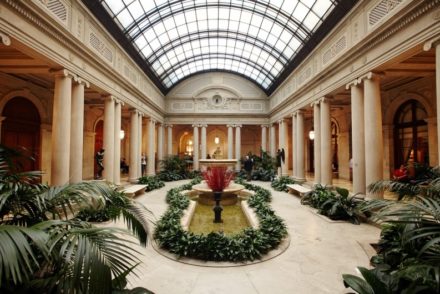Part 5 of Opinion, Value & Taste series
Distinguishing between Value and Valuation or How Some Things Never Change
Leaving aside my personal preferences for a moment, the most alarming element here is the way popular opinion can be manipulated and mobilised. It reminded me – and not for the first time – of the seminal book by Charles Mackay, entitled Extraordinary Popular Delusions and the Madness of Crowds. Written in 1841, it is, by common consent, a classic of its kind, examining how various mania develop. Although it is nominally about stock market investments, it is really a study of human behaviour. What provokes people to blindly follow each other? Is there some collective wisdom here that I’m missing? Perhaps, ultimately, the herd instinct holds sway. Another fine example that can be applied to the art market was expertly elucidated by Malcolm Gladwell in his book The Tipping Point. Gladwell identified a range of circumstances that caused a trend to become self perpetuating. The opinion of the cognoscenti becomes subsumed by the phenomenon of reflexivity whereby perceptions of that opinion by the populace start to affect the fundamentals and then create a bubble mentality. Religious hysteria, Tulipmania, alchemy, Kinkade limited edition prints, they’re all peas out of the same pod. Stripped down to the bare fundamentals, there is nothing intrinsically wrong with the works of Thomas Kinkade except that they are the artistic equivalent of lift music – inoffensive, undemanding and easy on the eye. And all the passion of a wet blanket.
If you think I’m a little harsh on Kinkade, reflect for a moment on the disparity in value between his work and that of a true craftsman. It is important to distinguish here between value and valuation. One should not necessarily judge the merit of a given picture or artefact in financial terms. The price of goods, whether commoditised or not, is a simple function of supply and demand. That ascribes a valuation – what someone considers a fair price to pay – but not a value which is as much a reflection of how much an item is appreciated or enjoyed. The valuation will fluctuate according to prevailing fashion and we do see today some savage swings in sentiment, governed both by influencers and the newness of ideas. The ephemeral and somewhat transient nature of modern society is both a blessing and a curse.



No Comments